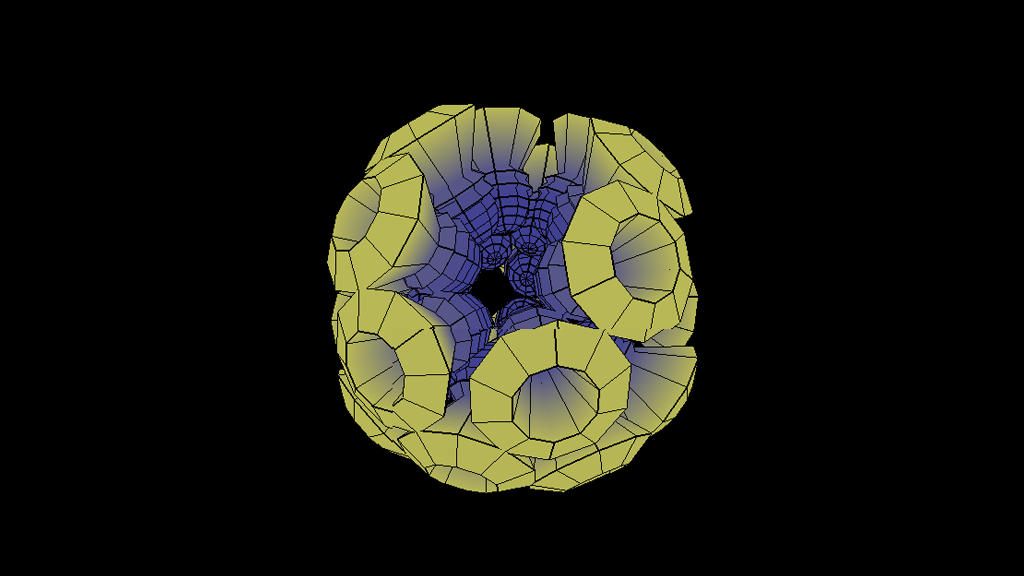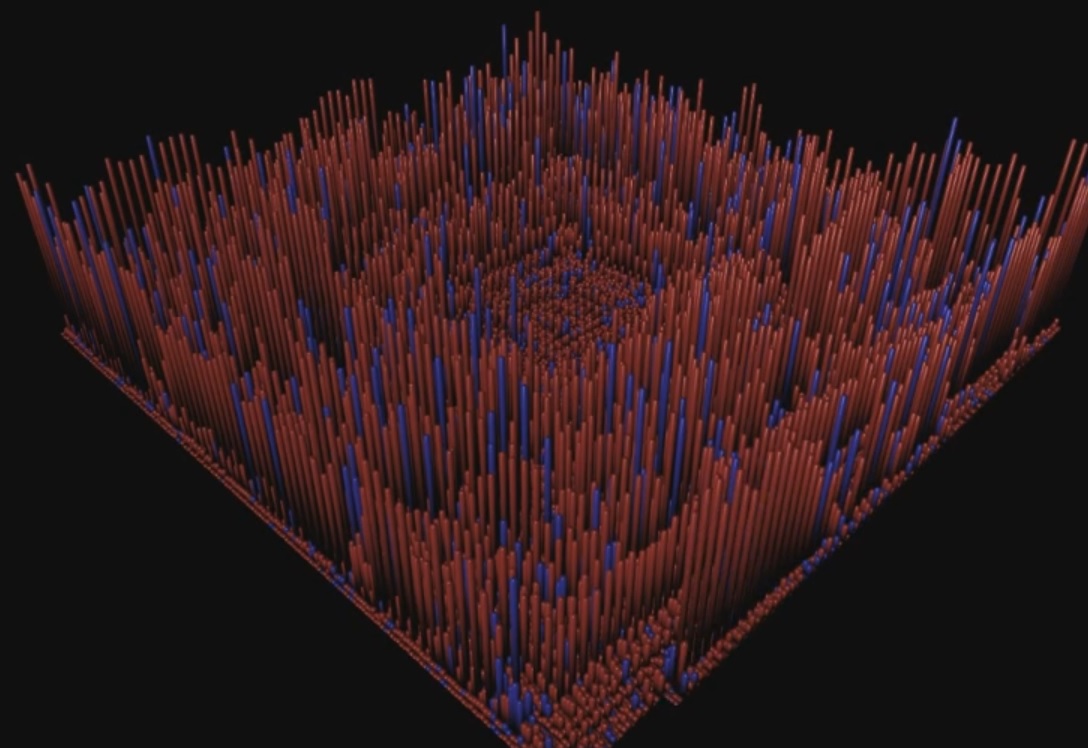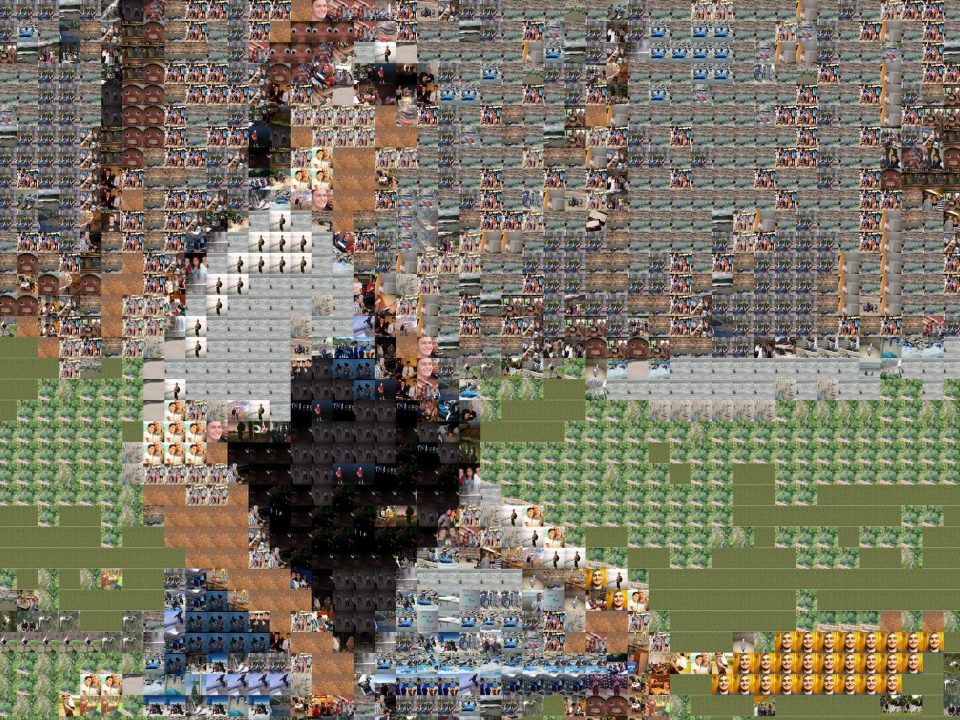STEM Arduino Game
Software and Hardware
Written in C with Arduino Library
Electronic components sourced from SparkFun
Description
STEM is an acronym that stands for Science, Technology, Engineering, and Mathematics. The purpose of this project was to create a STEM themed game that would excite children. The hope is that they would be encouraged to consider technology as part of their education. The design of the project reflects some of these goals:
- All of the wires are exposed so that kids can see the components of the design. It is not super important that they understand what each of the components accomplishes. Instead, I wanted create a sense of curiosity as they view each of the parts. It is not normal to see electronics outside of their housing. So, this allows them to see the design in an extremely tangible way.
- The toy itself is incorporates engineering in its design and artistic creativity in its function. I wanted kids to understand that you don't have to be either a math person OR an art person. Engineering is a field that thrives when people are able to function in both arenas.
- It was important that the toy stimulate as many senses as possible. Pushing the buttons activates the lights which are in sync with the sounds. So the game is tactile, visual, and auditory.
- The game can be appreciated by a large age range. It is simply enough to be a toy for young children, but also capable of sparking the curiosity of older kids who want to know how it works.
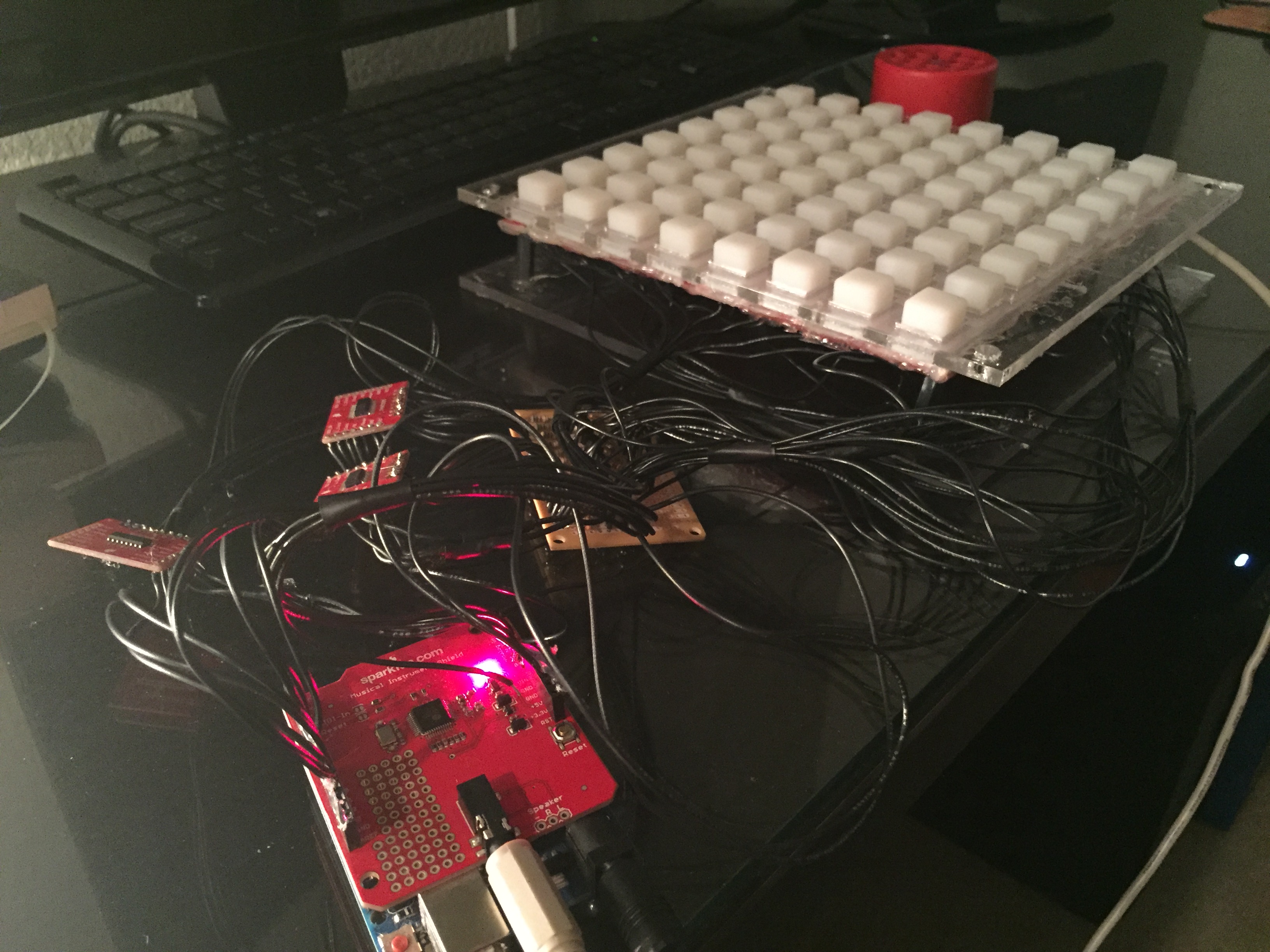
The game itself is pretty simple. Each row plays one of the 8 notes in an octave. The columns light up in sequence from left to right. So simple tunes can be created by varying the notes from column to column.
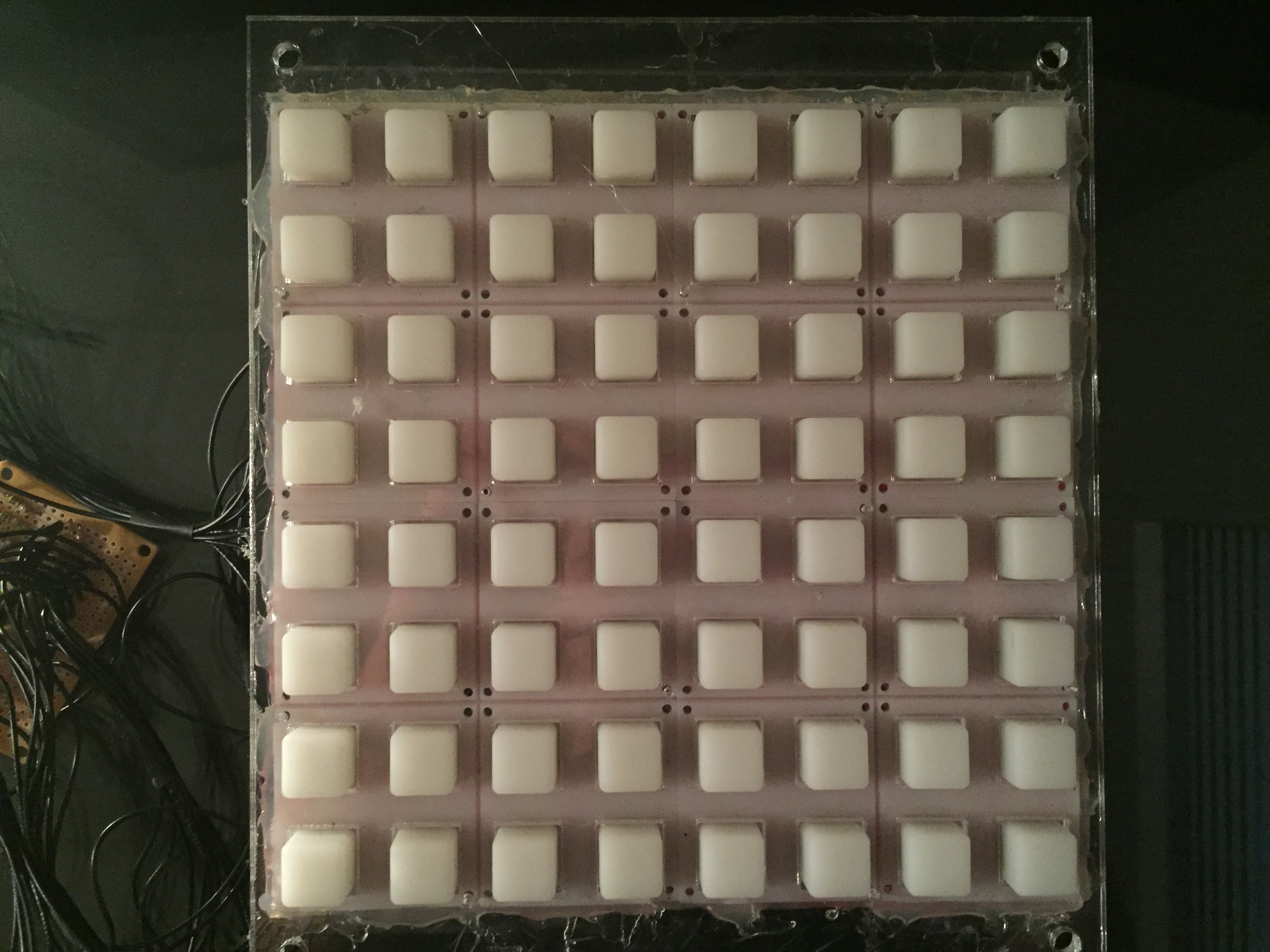
There are two main circuits that makeup the game. One circuit controls which LEDs light up, and the other detects when a button is pressed. The circuits are driven by an Arduino board with a MIDI extension to produce the sound. Once the circuits have been built, the Ardunio is programmed to keep track of the game state and control the electronics.
This project was created from initial concept to final product over the course of three weeks. It was a great experience keeping a design journal to see the development of the circuits over the course of many iterations. Even though I've never taken a formal course in circuits or embedded systems, I was still able to produce this game. It was really encouraging for me to discover that I am a capable researcher and fully able to apply my knowledge in a foreign setting.

